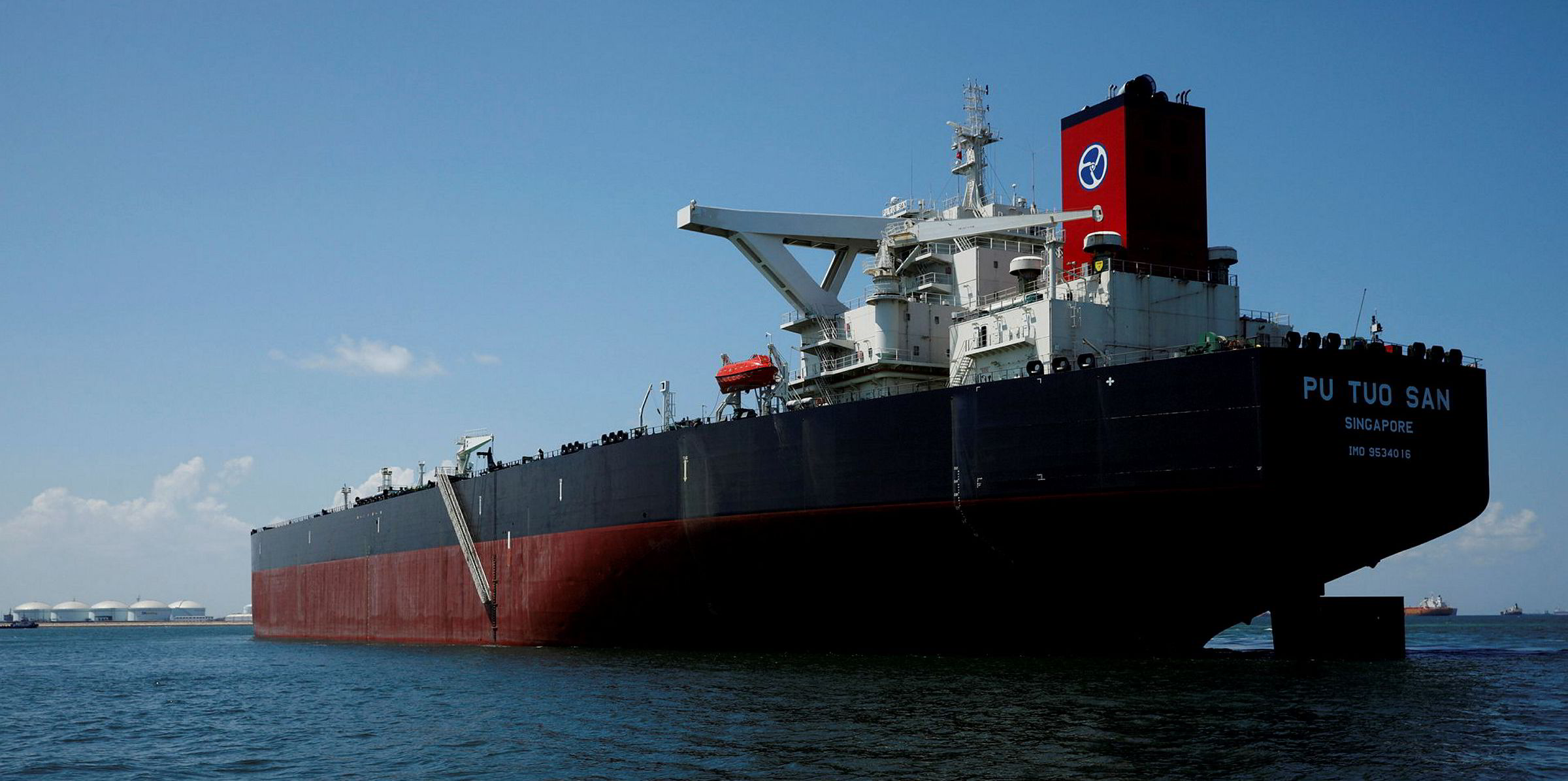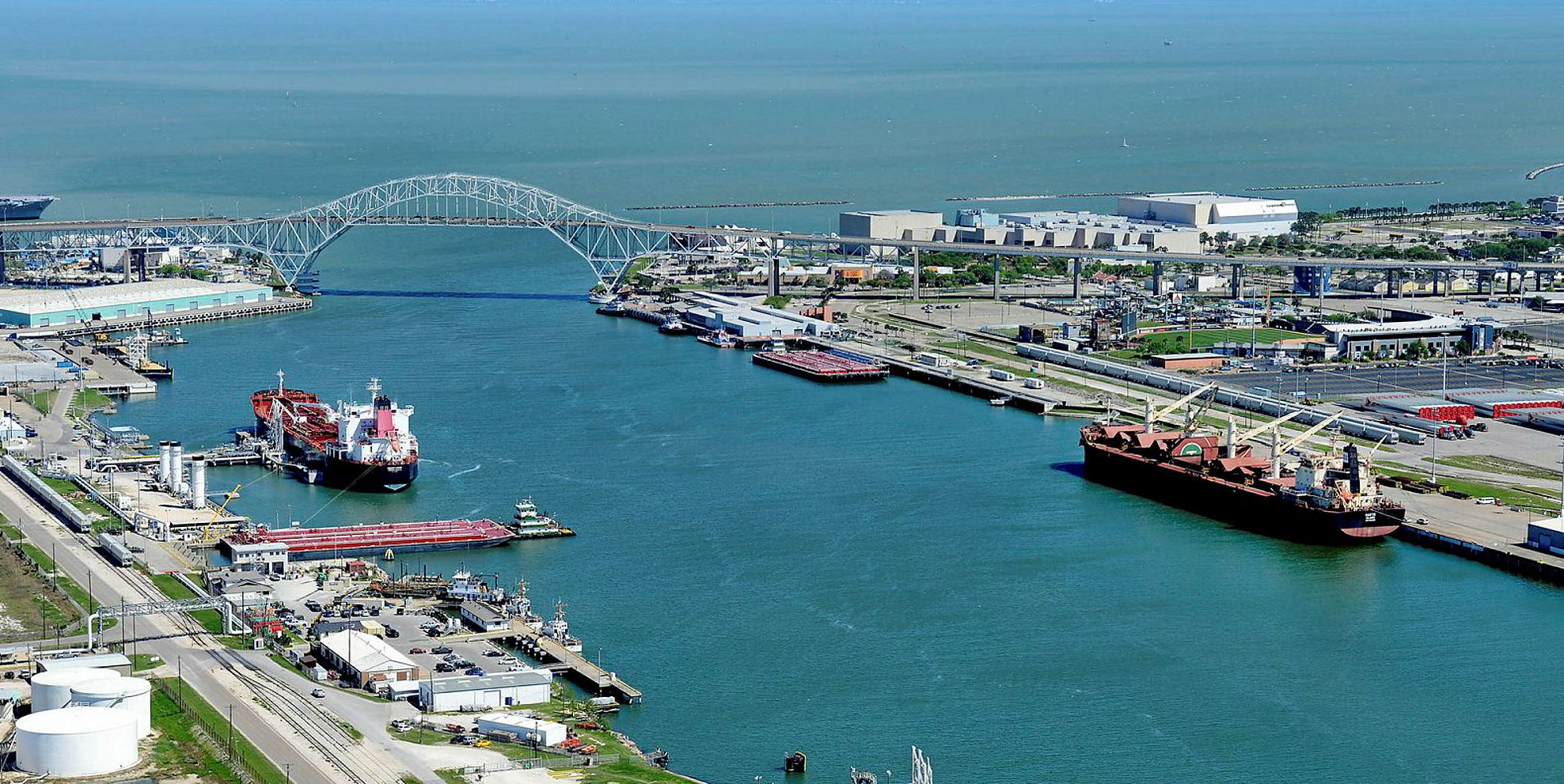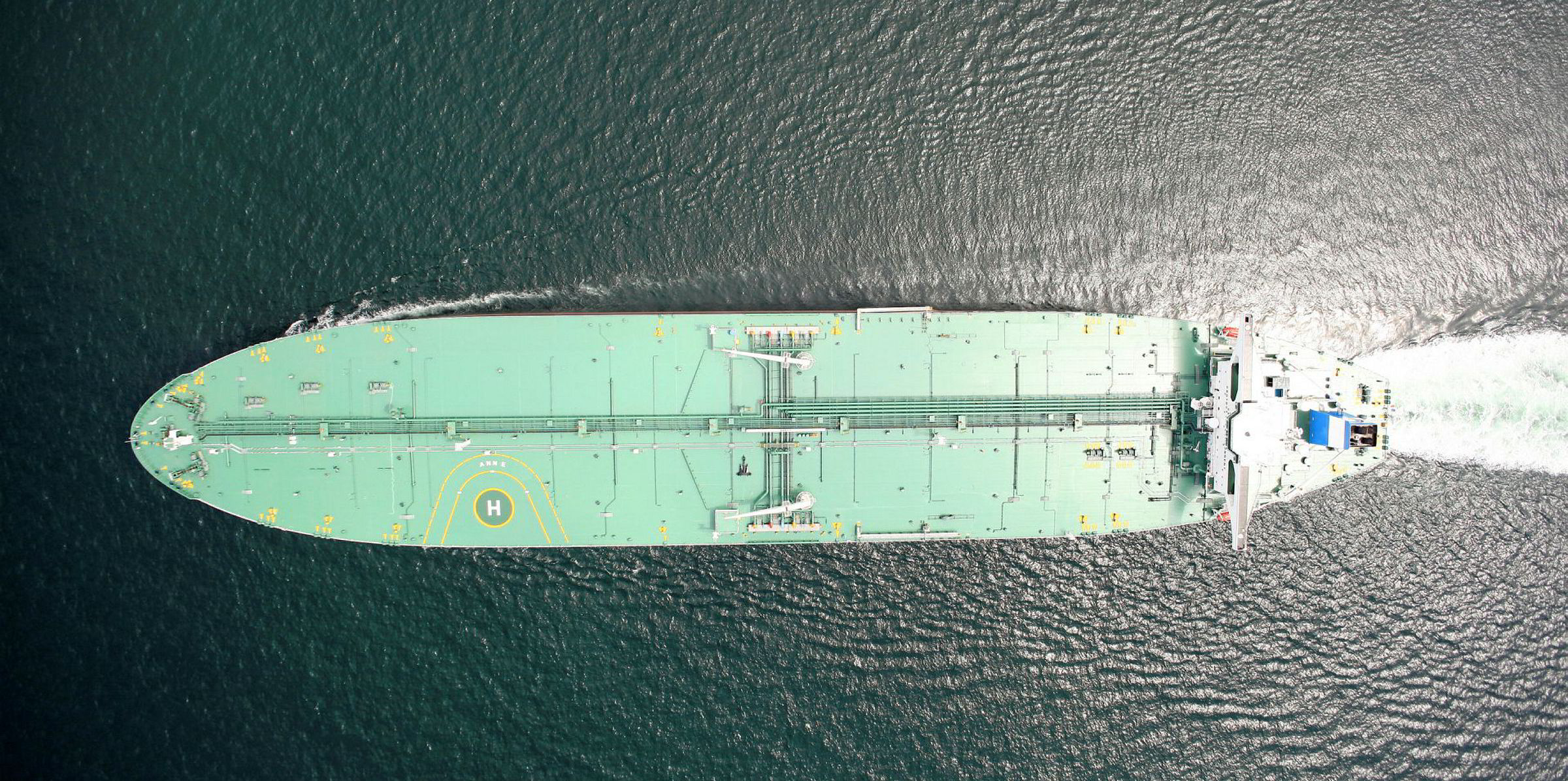Scrubber-fitted VLCCs are making more than $100,000 per day, with busy charter activity and a widening price spread between high-sulphur fuel oil (HSFO) and IMO 2020-compliant fuel.
While sentiment among shipowners is generally firm due to healthy longhaul shipping demand, the advantage of HSFO-powered VLCCs is becoming more pronounced as the focus of the spot trade shifts to January-loading cargoes.
According to Clarksons Platou Securities, global average earnings for VLCCs that consume HSFO were assessed at $102,900 per day as of Wednesday morning, a two-month high and up from the day-ago level of $88,900 per day.
For VLCCs that use 0.5%-sulphur fuel, average earnings increased to $86,200 per day from $73,300 per day.
Gains of scrubber-fitted tonnage are outpacing non-scrubber units, as the premiums of compliant fuel to HSFO has widened to $285 per tonne in Singapore and $300 per tonne in Fujairah, the brokerage added.
“That IMO 2020 is already well underway [and its impact] can be seen from recent movements in bunker prices,” Maritime Strategies International (MSI) managing director Adam Kent said. “We expect substantial premia on scrubber-fitted vessel earnings next year.”
“So far price dynamics are adhering to our view that there won’t be a huge price spike in low-sulphur fuel, but rather the spread will be driven by falling HSFO prices.”
Based on MSI’s calculations, scrubber-fitted VLCCs on average can save $15,000 per day when the fuel price spread is $200 per tonne, and cost savings can increase further to $23,000 per day when the spread is $300 per tonne.
Thinning tonnage
Recent fixtures reported by Tanker International included the 300,000-dwt, scrubber-fitted Front Discovery (built 2019), booked by Equinor for loading from West Africa between 23 and 25 January for a voyage to China at Worldscale 110 based on 2019 calculations.
Some market participants have begun using the WS 2020 calculations. The 299,300-dwt, non-scrubber Lavails (built 2000) was reportedly chartered by Mangalore Refinery and Petrochemicals Ltd for loading from the Middle East Gulf on 12 January for a shipment to western India at WS 130, on a 2020 basis.
“Tonnage is thinning across segments, and our brokers are expecting the market to firm further throughout the week to fill January programs ahead of the holidays,” Clarksons Platou said.
According to Arctic Securities, the healthy charter demand implies that refineries will keep crude runs high amid recovering gasoil production margins, a development that will be welcomed by tanker owners.
“The true significance of the latest move is that these rate gains are for January liftings with the oil delivered to buyers” towards the end of next quarter, the brokerage said.
“A dynamic freight market for this period, combined with strengthening gasoil margins also on forward basis, are positive indications for refinery demand in the first quarter, which in turn bodes well for tanker activity.”
While the Opec and its Russia-led allies will deepen their production cut by another 500,000 barrels per day from January, market participants expect VLCC demand to be supported by rising exports from Brazil, Norway and the US
Based on Meiwa International’s estimates, a total of eight VLCC cargoes in the Atlantic basin are waiting to be fixed for shipments to East Asia as of Wednesday, compared with only three from Middle East.






